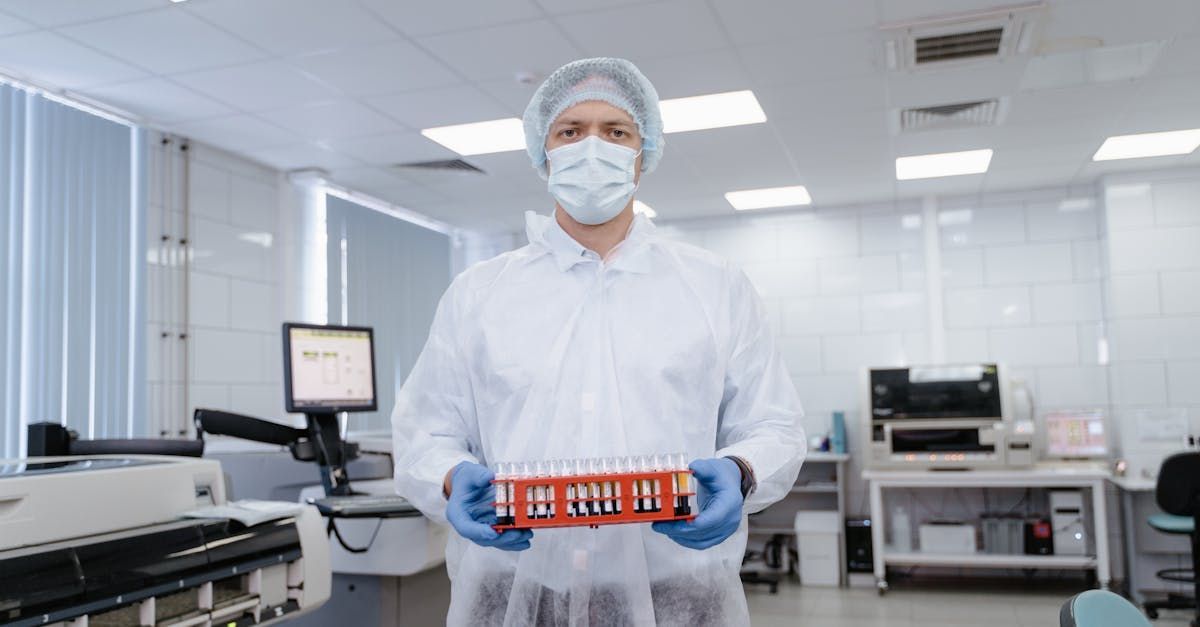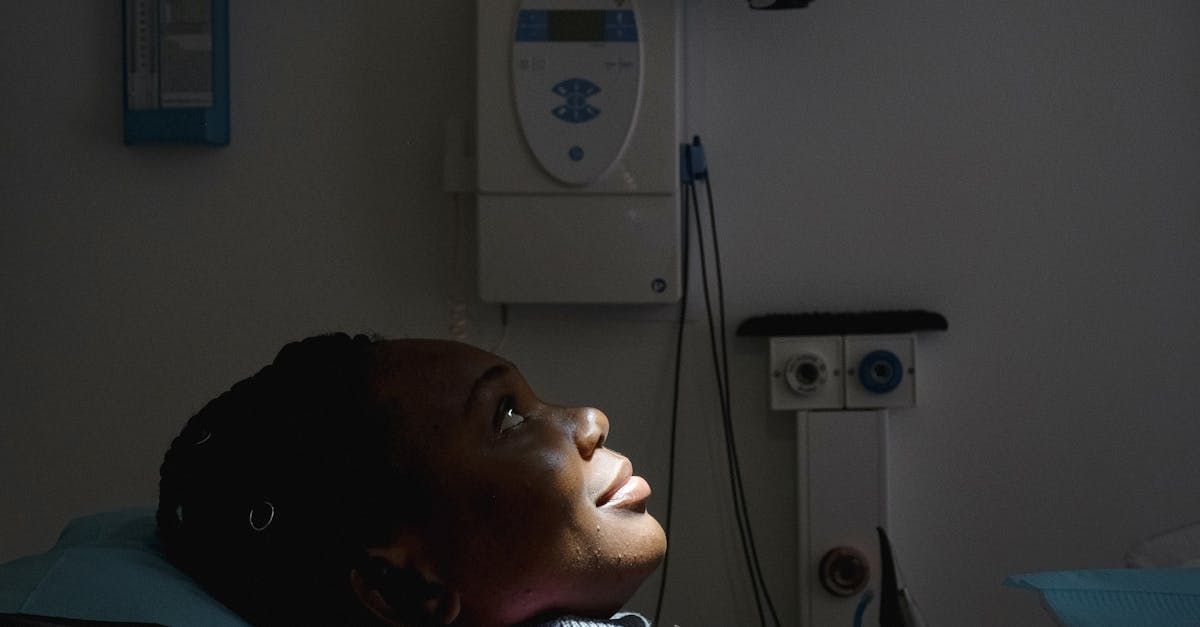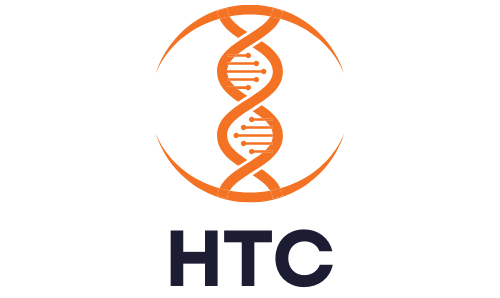HealthTech Innovations in Orthopedic Care
Orthopedic care faces numerous challenges, including the treatment of musculoskeletal disorders, rehabilitation after injuries, and the management of chronic conditions like arthritis. These issues are compounded by the increasing demand for orthopedic services due to an aging population and the rise of lifestyle-related conditions. Traditional approaches often fall short in addressing these challenges effectively, necessitating innovative solutions that can improve patient outcomes and streamline care delivery.
HealthTech, encompassing a wide array of technologies such as robotics, artificial intelligence (AI), and wearables, plays a pivotal role in transforming orthopedic care. By leveraging these technologies, healthcare providers can offer more personalized, efficient, and effective treatments. This blog aims to explore the various HealthTech innovations in orthopedic care, highlighting their benefits, challenges, investment opportunities, and future trends.
Understanding Orthopedic HealthTech
HealthTech in orthopedic care refers to the application of advanced technologies to diagnose, treat, and manage musculoskeletal conditions. This includes a broad range of tools and systems designed to enhance the precision, efficiency, and effectiveness of orthopedic treatments. Key components and technologies involved in orthopedic HealthTech include:
- Robotics: Robotic-assisted surgeries are becoming increasingly common in orthopedic procedures. These robots assist surgeons in performing complex surgeries with greater precision and minimal invasiveness, leading to quicker recovery times and reduced risk of complications.
- Artificial Intelligence (AI): AI is revolutionizing orthopedic care through predictive analytics, diagnostic tools, and personalized treatment plans. Machine learning algorithms can analyze vast amounts of data to predict patient outcomes, assist in surgical planning, and tailor rehabilitation programs.
- Wearables: Wearable devices, such as smart braces and activity trackers, provide real-time data on patient movement and recovery. These devices help monitor progress, detect issues early, and ensure adherence to rehabilitation protocols.
Examples of HealthTech applications in orthopedic care include robotic knee replacements, AI-driven diagnostic tools for early detection of osteoporosis, and wearable sensors that monitor joint health and physical activity.
Benefits of HealthTech in Orthopedic Care
The integration of HealthTech into orthopedic care offers numerous benefits, significantly enhancing patient outcomes and the overall quality of care. Key advantages include:
Improved Patient Outcomes and Quality of Life: HealthTech enables more precise and effective treatments, leading to better surgical outcomes and faster recovery times. Patients experience less pain, reduced risk of complications, and improved long-term function. For instance, robotic-assisted surgeries have shown to improve alignment and placement of implants, which are critical for the longevity and success of joint replacements.
Enhanced Access to Personalized Orthopedic Care Plans: AI and machine learning algorithms can analyze individual patient data to develop personalized treatment plans. These tailored approaches consider unique patient characteristics, such as genetic factors, lifestyle, and comorbidities, ensuring that each patient receives the most appropriate and effective care.
Cost Savings and Resource Optimization: HealthTech can help reduce healthcare costs by minimizing the need for invasive procedures, shortening hospital stays, and decreasing the incidence of complications and readmissions. Additionally, remote monitoring through wearables and telehealth solutions can reduce the frequency of in-person visits, saving time and resources for both patients and healthcare providers.
Revolutionizing Orthopedic Care with HealthTech Innovations
Notable Labs is a trailblazer in the field of healthcare innovation, particularly through its pioneering work in precision medicine and the integration of cutting-edge technologies. In orthopedic care, Notable Labs is making significant strides by leveraging advanced genetic and molecular analyses to craft personalized treatment plans that are precisely tailored to the unique needs of each patient. This approach ensures that treatments are not only effective but also optimized for the best possible outcomes.
By collaborating with top-tier healthcare providers and embracing the latest HealthTech innovations, Notable Labs is revolutionizing the landscape of orthopedic care. Technologies such as artificial intelligence (AI), wearables, and robotics are at the forefront of their strategy, enabling more accurate diagnoses, enhanced monitoring, and improved surgical outcomes. For instance, AI can predict disease progression and treatment response, wearables can track patient recovery in real-time, and robotic systems can assist in performing precise and minimally invasive surgeries.
Notable Labs' commitment to evidence-based practices and the utilization of robust clinical data underpins their approach, ensuring that every step of the patient care process is grounded in scientific rigor and clinical efficacy. This methodology not only enhances patient outcomes but also optimizes resource utilization, leading to significant cost savings and more efficient healthcare delivery.
In the realm of orthopedic care, Notable Labs exemplifies the transformative potential of HealthTech. By integrating personalized medicine with the latest technological advancements, they are setting new standards for patient care, making it more personalized, precise, and effective. This holistic approach ensures that each patient receives the most advanced and individualized treatment possible, significantly improving their quality of life and overall health outcomes.
As a leader in the field, Notable Labs is paving the way for a future where personalized healthcare becomes the norm. Their innovative approaches and dedication to improving patient care highlight the vast potential of HealthTech innovations in orthopedic care, promising a future where healthcare is more tailored, effective, and accessible for all patients.
Case Studies of Orthopedic HealthTech Solutions
Examining real-world examples of HealthTech solutions in orthopedic care provides valuable insights into their practical applications and benefits. Here are two notable case studies:
Case Study 1: Robotic-Assisted Knee Replacement Surgery
Robotic-assisted knee replacement surgery has transformed how these procedures are performed. One of the leading systems, the Mako robotic-arm assisted surgery platform, allows surgeons to create a 3D model of the patient's knee. This model is used to pre-plan the surgery and guide the robotic arm during the procedure. The result is a highly precise surgery, tailored to the patient's anatomy, leading to better implant positioning and alignment. Studies have shown that patients undergoing robotic-assisted knee replacement experience less postoperative pain, faster recovery times, and improved knee function compared to traditional methods. The precision of the robotic system reduces the likelihood of implant misalignment, which is a common cause of revision surgeries.
Case Study 2: AI-Driven Diagnostic Tools for Osteoporosis
Osteoporosis, a condition characterized by weakened bones, poses a significant risk of fractures, particularly in older adults. Early detection and management are crucial to prevent severe outcomes. AI-driven diagnostic tools, such as those developed by Zebra Medical Vision, use machine learning algorithms to analyze medical imaging data for signs of osteoporosis. These AI tools can quickly and accurately assess bone density and identify early indicators of osteoporosis, even from routine X-rays taken for other purposes. This early detection allows for timely interventions, such as medication, lifestyle changes, and monitoring, to prevent fractures and other complications.
Challenges and Risks
While HealthTech innovations offer substantial benefits, their adoption in orthopedic care is not without challenges and risks. Addressing these issues is crucial for the successful integration of these technologies.
Regulatory and Compliance Hurdles: HealthTech solutions must navigate a complex regulatory landscape to ensure safety and efficacy. Obtaining approvals from regulatory bodies like the FDA can be time-consuming and costly. Compliance with data privacy regulations, such as HIPAA, is also critical, especially for technologies that collect and store patient data.
Technical Challenges: The implementation of advanced technologies such as AI and robotics requires significant technical expertise and infrastructure. Ensuring interoperability between different systems and devices is essential for seamless integration into existing healthcare workflows.
Cost and Accessibility: High upfront costs for HealthTech solutions can be a barrier to adoption, particularly for smaller healthcare providers. Additionally, ensuring equitable access to these advanced treatments is vital to prevent disparities in healthcare outcomes.
Training and Adoption: Healthcare professionals need proper training to effectively use HealthTech solutions. Resistance to change and lack of familiarity with new technologies can slow adoption rates.
Strategies for Overcoming Challenges
To address these challenges and maximize the potential of HealthTech in orthopedic care, several strategies can be employed:
Collaboration with Regulatory Bodies: Engaging with regulatory authorities early in the development process can help streamline approvals and ensure compliance. Collaborative efforts can lead to the establishment of clear guidelines and standards for HealthTech solutions.
Investment in Training and Education: Providing comprehensive training programs for healthcare professionals is essential to facilitate the adoption of new technologies. This includes ongoing education to keep practitioners updated on the latest advancements and best practices.
Fostering Innovation and Research: Encouraging research and development in HealthTech can lead to the creation of more affordable and accessible solutions. Public-private partnerships and investment in startups can drive innovation in this field.
Promoting Interoperability Standards: Developing and promoting interoperability standards ensures that different HealthTech systems can work together seamlessly. This enhances the efficiency and effectiveness of healthcare delivery.
Investment Opportunities in Orthopedic HealthTech
The orthopedic HealthTech sector presents significant investment opportunities for those looking to capitalize on the growing demand for advanced healthcare solutions. Key areas for investment include:
Robotics and Surgical Systems: Companies developing robotic-assisted surgical systems, such as Stryker and Intuitive Surgical, are at the forefront of transforming orthopedic surgeries. Investing in these companies offers potential for substantial returns as the adoption of robotic systems continues to rise.
AI and Machine Learning: Startups and established companies focusing on AI-driven diagnostic and treatment planning tools, like Zebra Medical Vision and IBM Watson Health, represent promising investment opportunities. These technologies have the potential to revolutionize orthopedic care through improved accuracy and personalized treatments.
Wearable Devices and Remote Monitoring: The market for wearable devices that monitor joint health and physical activity is rapidly expanding. Companies like Fitbit and Apple are integrating advanced health monitoring features into their devices, providing valuable data for managing orthopedic conditions.
Telehealth and Remote Rehabilitation: Telehealth platforms that offer remote consultations and rehabilitation programs are becoming increasingly popular. Investing in telehealth companies can yield significant returns as the demand for remote healthcare services grows.
Future Trends and Innovations
The future of HealthTech in orthopedic care is poised for exciting advancements and innovations. Emerging trends include:
Personalized Implants and Prosthetics: Advances in 3D printing technology are enabling the creation of customized implants and prosthetics tailored to individual patients. This personalization enhances the fit and function of implants, improving patient outcomes. Smart Implants and Sensors: The development of smart implants equipped with sensors can provide real-time data on joint health and implant performance. These sensors can detect issues early, allowing for timely interventions and reducing the need for revision surgeries.
AI-Driven Predictive Analytics: AI algorithms are becoming increasingly sophisticated, enabling predictive analytics that can forecast disease progression and treatment outcomes. This allows for proactive management of orthopedic conditions, reducing the risk of complications. Regenerative Medicine: Advances in regenerative medicine, including stem cell therapy and tissue engineering, hold promise for repairing and regenerating damaged tissues and joints. This innovative approach has the potential to revolutionize orthopedic care.
Conclusion
HealthTech innovations are transforming orthopedic care, offering improved patient outcomes, personalized treatments, and cost savings. The integration of robotics, AI, wearables, and other advanced technologies into orthopedic care is paving the way for a future where patients receive the most effective and individualized treatments possible.
While challenges and risks exist, strategic investments in training, research, and collaboration can overcome these hurdles and drive the successful adoption of HealthTech solutions. Investors have significant opportunities to capitalize on the growing demand for advanced orthopedic treatments, with potential for substantial returns.
In conclusion, the future of orthopedic care is bright, with HealthTech innovations leading the way. By supporting and investing in these advanced solutions, stakeholders can contribute to a healthcare system that offers better outcomes and enhanced quality of life for patients worldwide. The continued evolution of HealthTech in orthopedic care promises to bring about transformative changes, making personalized, efficient, and effective treatments the standard of care.










